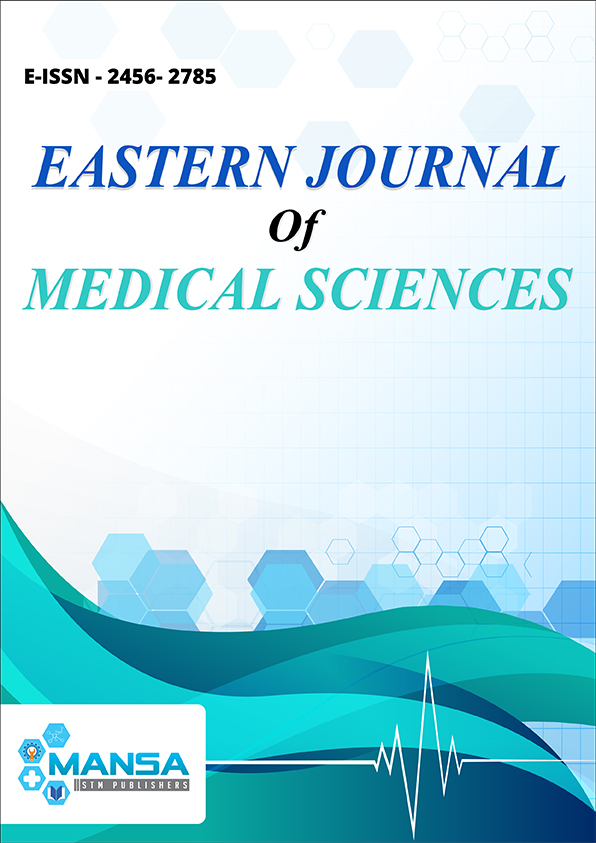Investigation of Polishing Abilities of Undergraduates and Postgraduates by Using Various Systems on Composite Materials
DOI:
https://doi.org/10.32677/EJMS.2019.v04.i03.002Keywords:
Dental composites, Education stages, Operator variability, Polishing systems, Surface roughnessAbstract
Background: The purpose of dental education is to enable students to gain the knowledge and skills to provide the best service to their patients upon graduation. In order to achieve this, students need to work with a sufficient number of cases and use current materials throughout their education. Aim: The aim of this in vitro study, conducted in 2017, was to examine the surface roughness of two types of composites prepared with different polishing systems, constructed by either undergraduate or doctoral students. Methods: Bulk-fill (Filtek Bulk Fill Posterior) and nano-hybrid (Ceram.x One Universal) composites were polished using single-step (OneGloss Set) and multi-step (Sof-Lex System) systems. The finishing and polishing procedures were performed by ten dental undergraduate students and ten doctoral students. Average surface roughness values (Ra, µm) were measured using a profilometer. Data were analyzed using the Wilcoxon signed-rank test (? = 0.05). Results: No statistically significant differences in Ra values were noted between operators with different levels of experience. Surface roughness was higher in the samples prepared using the single-step system than in those prepared using the multi-step system for both sample types tested in this study. Conclusion: Practitioner ability does not affect the performance of polishing systems. Regardless of the composite type, the single-step polishing system produces rougher surfaces than the multi-step system.

